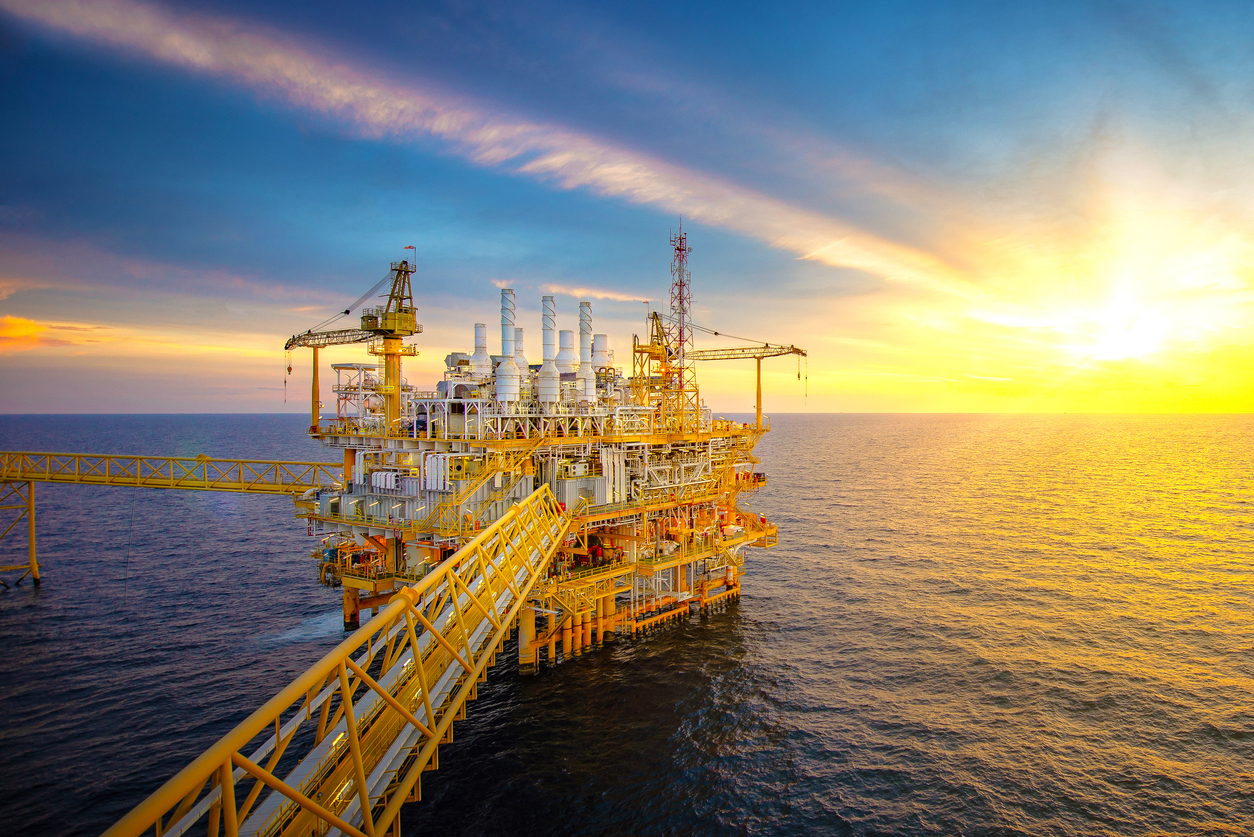Offshore communications
In the oil and gas industry, communications systems provide essential voice and data services both locally on the various offshore assets employed – such as drilling rigs, production platforms etc. – and between the offshore locations and their onshore control centres. Additionally, aeronautical and marine communications systems play an important role in the safety of the helicopter operations, service vessels etc. deployed in support of the offshore operations themselves. In addition to this the renewables industry has identical needs where offshore facilities are deployed. Topside communications can include public address systems, CCTV, meteorological systems and navigational equipment for shipping. These networks are often located in the harshest of environments meaning they are prone to encountering vast challenges. Below we will highlight some of these challenges and how they can be overcome with a secure, offshore-ready topside network.
Challenges
Harsh & unpredictable environments – Oil rigs are among the world’s toughest and most challenging operating conditions. Often located in the most remote parts of the world, there is constant risk of unpredictable weather, extreme temperatures and exposure to dust and dirt. This makes operating and installing network equipment difficult from the start. Not only can the environments be harsh, offshore work is always unpredictable.
Reliability – A critical factor that oil and gas and renewable operators must keep in mind is their need for highly available, reliable systems. The number one priority in the oil and gas industry is safety, and reliable communications systems are key to maintaining a safe working environment. If the communications system fails it is highly likely that the platform will need to be shut down to ensure personnel safety and this in-turn will result in a financial impact far in excess of the value of the equipment itself. In the offshore industry, they have a real need for reliable networks which will not compromise safety or compromise production capacity.
Security threats – One of the biggest challenges that the oil and gas industry faces is keeping their network secure. With many networks holding critical data, the destruction or attack of these networks could have a devastating effect on matters like national security and public health and safety.
Bearing these challenges in mind, here we have outlined some of the key characteristics that are necessary for a successful, offshore-ready topside network.
Characteristics of an offshore-ready topside network
First and foremost, a successful topside communications network must be scalable and reconfigurable in order to withstand harsh and unpredictable environments. The network should include high-quality assets that are flexible and allow operators to reconfigure or move them as the environment changes. Likewise, the assets need constant connectivity, ensuring network availability even when all the equipment is in motion.
In addition to this, high availability and reliability of equipment is key. With a need to save on costs and improve operational efficiency, there is a requirement for high-performance equipment that is easily installed, turnkey electrical systems and a solid logistics/supply chain process. All these elements will keep the risk of downtime and outage low and as a result, saving on costs. Furthermore, it is key for topside networks to have equipment that is semi or fully autonomous. This means that changes can be made from afar, saving the need for manual power-downs.
In order to keep the network airtight in terms of security, networks with military-grade security are ideal for the oil and gas industry. Assets should offer end-to-end encryption, meaning that critical private data stays encrypted until it is delivered to its end destination.
For more information on how our team can help you maintain a secure, offshore-ready topside network please contact us.

